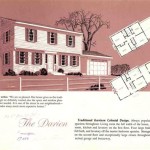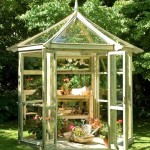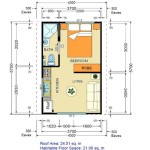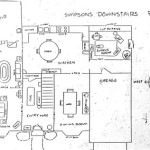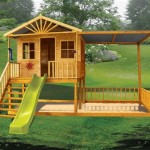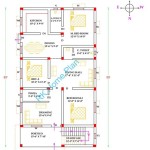DIY A-Frame Cabin Plans: A Guide to Building Your Dream Retreat
An A-frame cabin embodies a classic, cozy aesthetic, offering a simple and charming retreat from the complexities of modern life. The distinctive triangular shape not only adds visual appeal but also boasts structural efficiency, making it a popular choice for DIY enthusiasts. If you're dreaming of a weekend getaway or a permanent dwelling, building your own A-frame cabin can be a rewarding endeavor. This article provides a comprehensive guide to DIY A-frame cabin plans, empowering you to embark on this exciting construction project.
1. Planning and Design Considerations
Before diving into construction, meticulous planning is key. Start by defining your needs and desired features for the cabin. Consider the intended use, whether it's a seasonal retreat, a permanent dwelling, or a guest house. Determine the size that best suits your requirements, factoring in the number of occupants and desired amenities.
Next, explore various A-frame cabin plans available online and in construction books. These resources can provide valuable inspiration and practical blueprints. Pay attention to the floor plan, roof pitch, and window placements, ensuring they align with your vision. If you possess architectural skills, you can even create your own bespoke plan, adapting existing designs or drawing from scratch.
Don't overlook the importance of local building codes and regulations. Consult with your local building department to ensure your chosen plan complies with all safety standards and zoning requirements. Obtaining necessary permits and inspections beforehand is crucial for a smooth construction process.
2. Selecting Materials and Tools
The choice of materials plays a significant role in determining the overall durability, aesthetics, and budget of your cabin. For the frame, consider using pressure-treated lumber for its resistance to moisture and decay. This is particularly important for the foundation and beams, which will be exposed to the elements. For the walls and roof, spruce or pine are suitable choices, offering a balance of strength and affordability.
When selecting roofing materials, opt for options that are weather-resistant and durable. Metal roofing is a popular choice due to its longevity and low maintenance requirements. Shingles are another option, offering a more traditional aesthetic. Consider the local climate and your budget when making this decision.
In terms of tools, you'll need a comprehensive set for framing, cutting, and assembling the cabin. A circular saw, a table saw, a drill, a hammer, a level, and measuring tapes are essential. Depending on the complexity of the plan, you might also require specialized tools like a chop saw or a miter saw for precise cuts.
3. Construction Steps: A Framework for Success
The construction process is divided into distinct steps, each requiring meticulous attention to detail. Start by preparing a solid foundation, ensuring it's level and capable of supporting the weight of the cabin. Concrete or treated lumber posts are common foundation options. Next, erect the A-frame structure, using the pre-cut lumber according to the plans. Carefully align and secure each component using appropriate fasteners and construction techniques.
Once the frame is complete, install the roof sheathing, ensuring it's properly ventilated and secured. Apply roofing felt to protect the sheathing from moisture, and then proceed with installing the chosen roofing material. You can then focus on the walls, constructing them using your selected lumber and siding.
As you progress, consider adding window and door openings as per the plans. Choose windows and exterior doors that complement the cabin's style and provide adequate insulation. During the construction process, prioritize safety by wearing protective gear, using proper lifting techniques, and ensuring the work area is well-lit and unobstructed.
4. Finishing Touches and Customization
After the core structure is complete, it's time to add the finishing touches that transform your cabin into a cozy retreat. Install insulation to enhance energy efficiency and create a comfortable living space. Add drywall or paneling to the interior walls, choosing materials that match your desired aesthetic.
Floor covering is another crucial aspect, offering comfort and durability. Hardwood floors provide a classic look, while carpeting offers warmth and sound absorption. Consider the intended use and lifestyle when making this decision. Install plumbing and electrical fixtures according to local regulations, ensuring safety and functionality for all occupants.
Finally, personalize your cabin by adding decorative elements that reflect your taste and style. Paint the interior and exterior walls, choose furniture that fits the space, and decorate with artwork, plants, and other personal touches that create a welcoming atmosphere.

How To Build This A Frame Cabin That Will Pay For Itself Hipcamp Journal

Pin On Tiny Cabins

A Frame House Plans Free Cabin Floor

A Frame House Plans Everything You Need To Know Field Mag

Modern A Frame Cabin Architectural Plans Custom 24 X 36 Blueprint

Tiny A Frame Cabin Plans By Solarcabin 16 Steps Instructables

A Frame Tiny Cabin Diy Plans

30 Free Diy Cabin Plans Ideas That You Can Actually Build A Frame House

How To Build An Diy A Frame Cabin For Under 10k Field Mag

A Frame Cabin Plans

